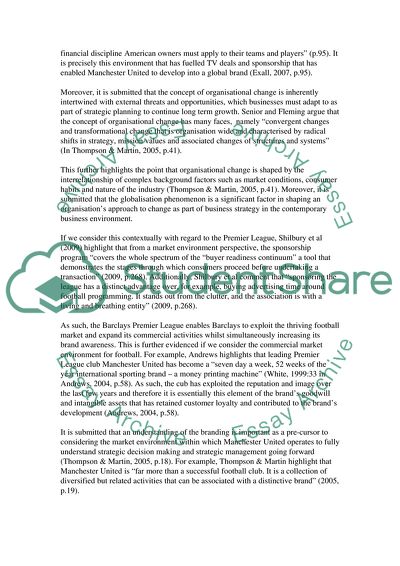Cite this document
(“Strategic Management Assignment Essay Example | Topics and Well Written Essays - 3000 words”, n.d.)
Strategic Management Assignment Essay Example | Topics and Well Written Essays - 3000 words. Retrieved from https://studentshare.org/miscellaneous/1560234-strategic-management-assignment
Strategic Management Assignment Essay Example | Topics and Well Written Essays - 3000 words. Retrieved from https://studentshare.org/miscellaneous/1560234-strategic-management-assignment
(Strategic Management Assignment Essay Example | Topics and Well Written Essays - 3000 Words)
Strategic Management Assignment Essay Example | Topics and Well Written Essays - 3000 Words. https://studentshare.org/miscellaneous/1560234-strategic-management-assignment.
Strategic Management Assignment Essay Example | Topics and Well Written Essays - 3000 Words. https://studentshare.org/miscellaneous/1560234-strategic-management-assignment.
“Strategic Management Assignment Essay Example | Topics and Well Written Essays - 3000 Words”, n.d. https://studentshare.org/miscellaneous/1560234-strategic-management-assignment.


